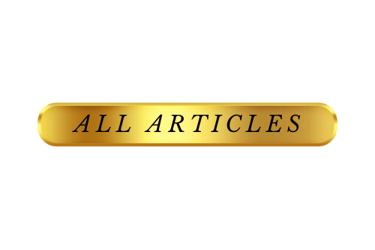The Benefits of Nasal Breathing vs. Mouth Breathing on Health
Benefits of Nasal Breathing
HEALTH
5/29/20243 min read


The Benefits of Nasal Breathing vs. Mouth Breathing on Health
Breathing is a vital function that affects every aspect of our health. While both nasal and mouth breathing deliver oxygen to the body, the method you choose can significantly impact your overall well-being. Here’s a detailed comparison of the benefits of nasal breathing versus mouth breathing on health.
Benefits of Nasal Breathing
Improved Air Quality
Filtration: The nose filters out dust, pollen, and other particles through the cilia and mucous membranes, reducing the amount of foreign particles entering the lungs.
Humidification: Nasal passages humidify the air, preventing dryness in the lungs and bronchial tubes.
Temperature Regulation: The nose warms the air to body temperature, which is especially important in cold climates.
Enhanced Oxygen Efficiency
Nitric Oxide Production: Breathing through the nose produces nitric oxide, a gas that improves blood flow and oxygen delivery to tissues.
Better CO2 Balance: Nasal breathing helps maintain optimal levels of carbon dioxide, which is necessary for oxygen to be effectively released from the blood into cells.
Improved Lung Function
Deeper Breathing: Nasal breathing encourages diaphragmatic (belly) breathing, which is more efficient and allows for deeper breaths compared to shallow chest breathing often associated with mouth breathing.
Reduced Risk of Infections
Barrier Against Pathogens: The nose acts as a first line of defense against airborne pathogens, trapping bacteria and viruses before they reach the respiratory tract.
Enhanced Sleep Quality
Reduced Snoring and Sleep Apnea: Nasal breathing can help reduce snoring and the risk of sleep apnea, leading to better sleep quality and overall health.
Oral Health Benefits
Moisture Retention: Nasal breathing helps keep the mouth moist, reducing the risk of dry mouth, cavities, and gum disease.
Balanced pH: Maintaining a closed mouth helps keep the oral environment slightly acidic, which is beneficial for preventing tooth decay and maintaining oral health.
Risks and Drawbacks of Mouth Breathing
Reduced Air Quality
Lack of Filtration: Mouth breathing bypasses the nasal passages, allowing unfiltered air, including pollutants and allergens, directly into the lungs.
Dry Air: Air inhaled through the mouth is not humidified, which can dry out the respiratory tract and lead to irritation.
Decreased Oxygen Efficiency
Poor CO2 Regulation: Mouth breathing can lead to an imbalance in carbon dioxide levels, reducing the efficiency of oxygen delivery to cells.
Shallow Breathing: Mouth breathing often results in shallow chest breathing rather than deep diaphragmatic breaths, which can decrease lung capacity and efficiency.
Increased Risk of Infections
Higher Susceptibility to Illness: Without the filtering mechanism of the nose, mouth breathers may be more susceptible to respiratory infections and illnesses.
Poor Sleep Quality
Sleep Disruptions: Mouth breathing is associated with snoring and sleep apnea, which can disrupt sleep patterns and decrease sleep quality.
Daytime Fatigue: Poor sleep quality from mouth breathing can lead to daytime fatigue and reduced cognitive function.
Oral Health Issues
Dry Mouth: Mouth breathing leads to a dry mouth, which increases the risk of cavities, gum disease, and bad breath.
Altered Jaw Development: Chronic mouth breathing in children can affect the development of the jaw and dental arch, potentially leading to orthodontic issues.
How to Practice Nasal Breathing
Awareness and Practice
Conscious Effort: Make a conscious effort to breathe through your nose during daily activities. Start by focusing on nasal breathing while at rest, then gradually incorporate it into more active situations.
Practice: Practice nasal breathing exercises, such as slow, deep breaths through the nose, to help build the habit.
Physical Adjustments
Good Posture: Maintain good posture to allow for optimal breathing mechanics.
Nasal Decongestion: If nasal congestion is an issue, try using saline nasal sprays, steam inhalation, or consult a healthcare provider for appropriate treatments.
During Exercise
Gradual Transition: Start incorporating nasal breathing into low-intensity exercises and gradually increase the intensity as your body adapts.
Consistency: Consistent practice will help your body become more efficient at nasal breathing during physical activities.
Conclusion
Nasal breathing offers numerous health benefits over mouth breathing, including improved air quality, enhanced oxygen efficiency, reduced risk of infections, better sleep quality, and oral health benefits. Making a conscious effort to practice nasal breathing can lead to significant improvements in overall health and well-being. If you struggle with nasal breathing due to congestion or other issues, consider consulting a healthcare provider for advice and treatment options.



